Visual collaboration platform for distributed teams
Miro Why Would Anyone Pay $120/Year for a ‘Digital Whiteboard’? (I Found Out)
Three months ago, I was that person scoffing at teammates who suggested we “invest in collaboration tools.” A digital whiteboard for $120 annually? When sticky notes cost $3 and actual whiteboards work perfectly fine?
📋 What's Inside This Review
Then I lost a $50,000 client because my “efficient” presentation couldn’t adapt to their real-time questions. Now I’m here, credit card in hand, wondering how I ever managed complex projects without this “overpriced whiteboard.”

🎯 The Foundation I Was Missing
Here’s what nobody mentions in those glossy product demos: I wasn’t buying a whiteboard replacement – I was buying a thinking foundation.
My old system was like trying to build a skyscraper on loose sand. Scattered Notion pages here, Figma mockups there, Slack threads everywhere. Each tool served its purpose, but nothing connected the dots between strategy and execution.
The moment everything clicked: During a rebranding project, I created what I now call my “project blueprint” – a single Miro board that connected brand strategy, user personas, competitive analysis, and creative executions in one visual ecosystem. The community has discovered incredible unconventional uses – from novel writing to playing Dungeons & Dragons, proving this platform goes far beyond traditional collaboration.
🔧 Building My New Project Architecture
Week 1-2: Skeptical Foundation Work
I grudgingly started with basic templates, expecting fancy sticky notes. Instead, I discovered Miro’s template pages are constructed to target exactly what people are searching for, with over 200 template-driven landing pages attracting 113.5K organic visitors monthly. These aren’t just pretty layouts – they’re proven frameworks.
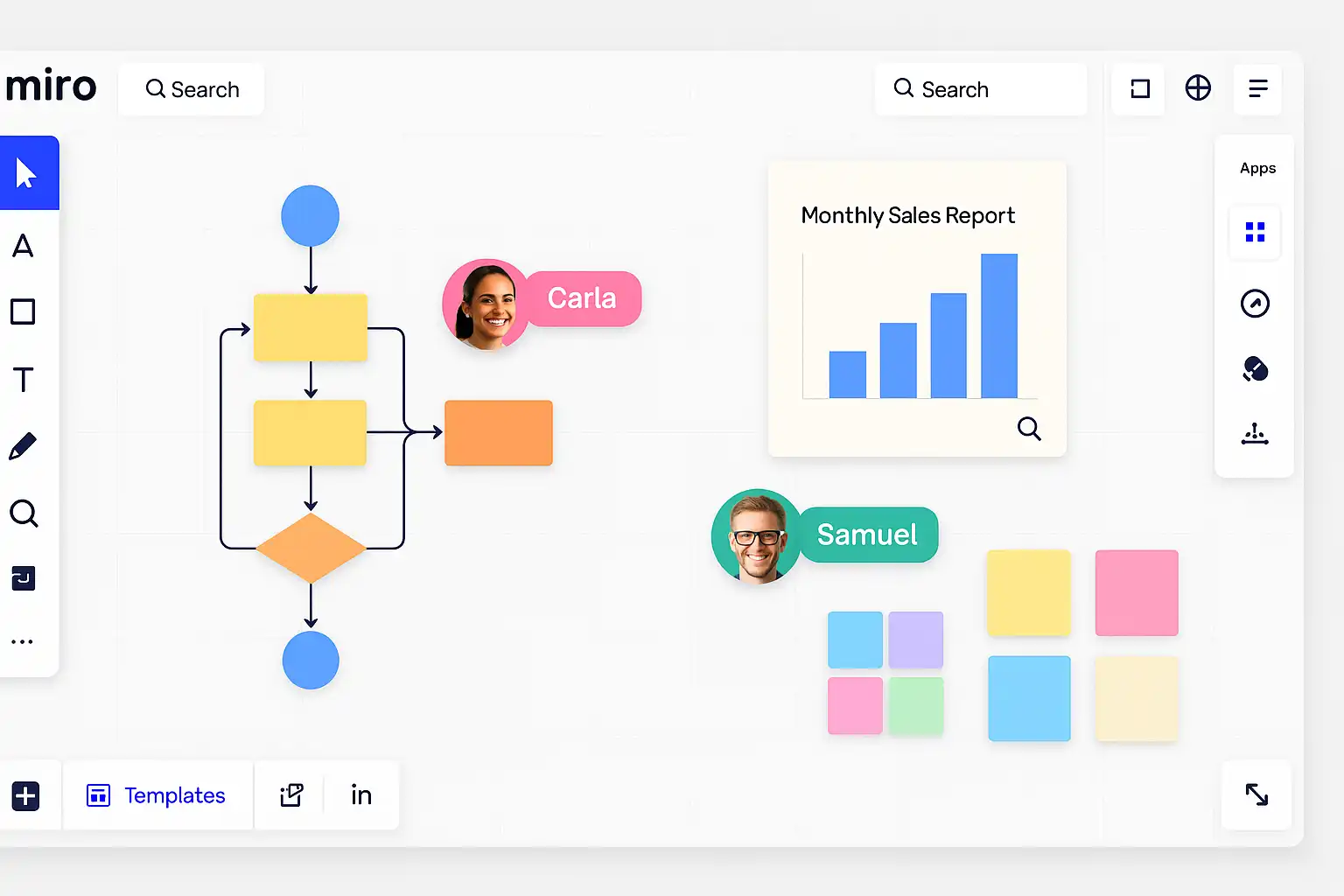
Week 3-4: Structural Integration
The real breakthrough came when I realized Miro’s deep integrations with Dropbox, Box, Google Suite, JIRA, Slack, and Sketch tie in seamlessly to existing workflows. I wasn’t abandoning my tool stack – I was finally connecting it with proper blueprints.
Week 5-6: Load-Bearing Capabilities
Unlike other design tools with steep learning curves, Miro is beginner-friendly with an intuitive interface that most newcomers quickly grasp without tutorials. When clients can immediately contribute to the foundation, it transforms the entire project structure.
💰 The $20,000 Blueprint Moment
During that complex rebranding project, something unprecedented happened. The client could see connections between decisions that would have taken hours to explain in traditional presentations.
The way Miro displays information makes projects’ strategy, timelines, and goals more easily graspable for visual learners. They approved additional scope worth $20,000 because they could visualize the full structural impact of our recommendations.
That single project paid for my subscription for the next 167 years.
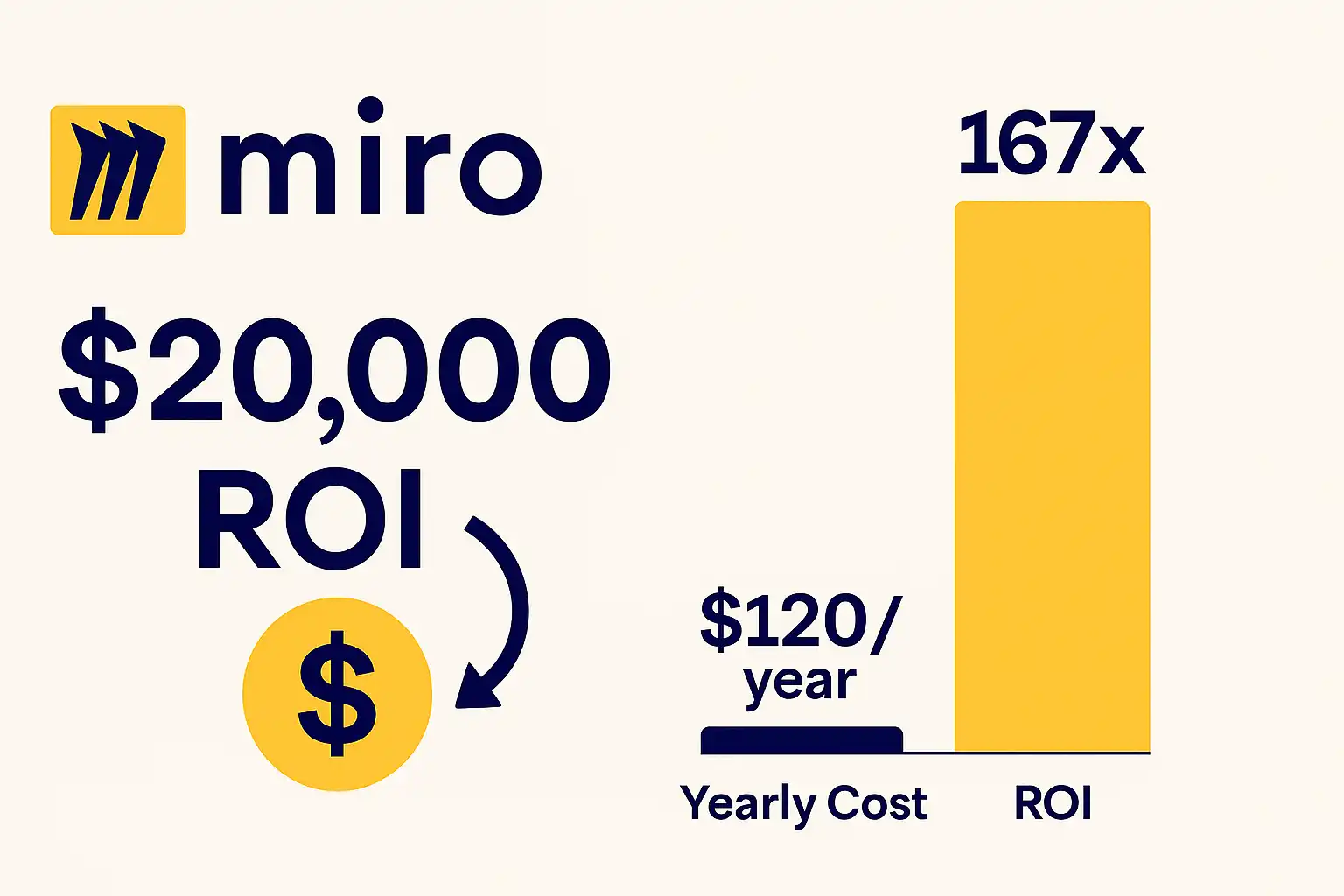
🏗️ My Current Project Blueprint
How I Actually Build Projects Now:
- Foundation Phase: Create comprehensive project boards as living architectural plans
- Construction Phase: Run interactive workshops where everyone contributes to the structure
- Systems Integration: Map complex processes and connect all building blocks
- Creative Framework: Use it as a gigantic storyboard where I can rearrange different areas to accommodate my particular way of thinking for that day
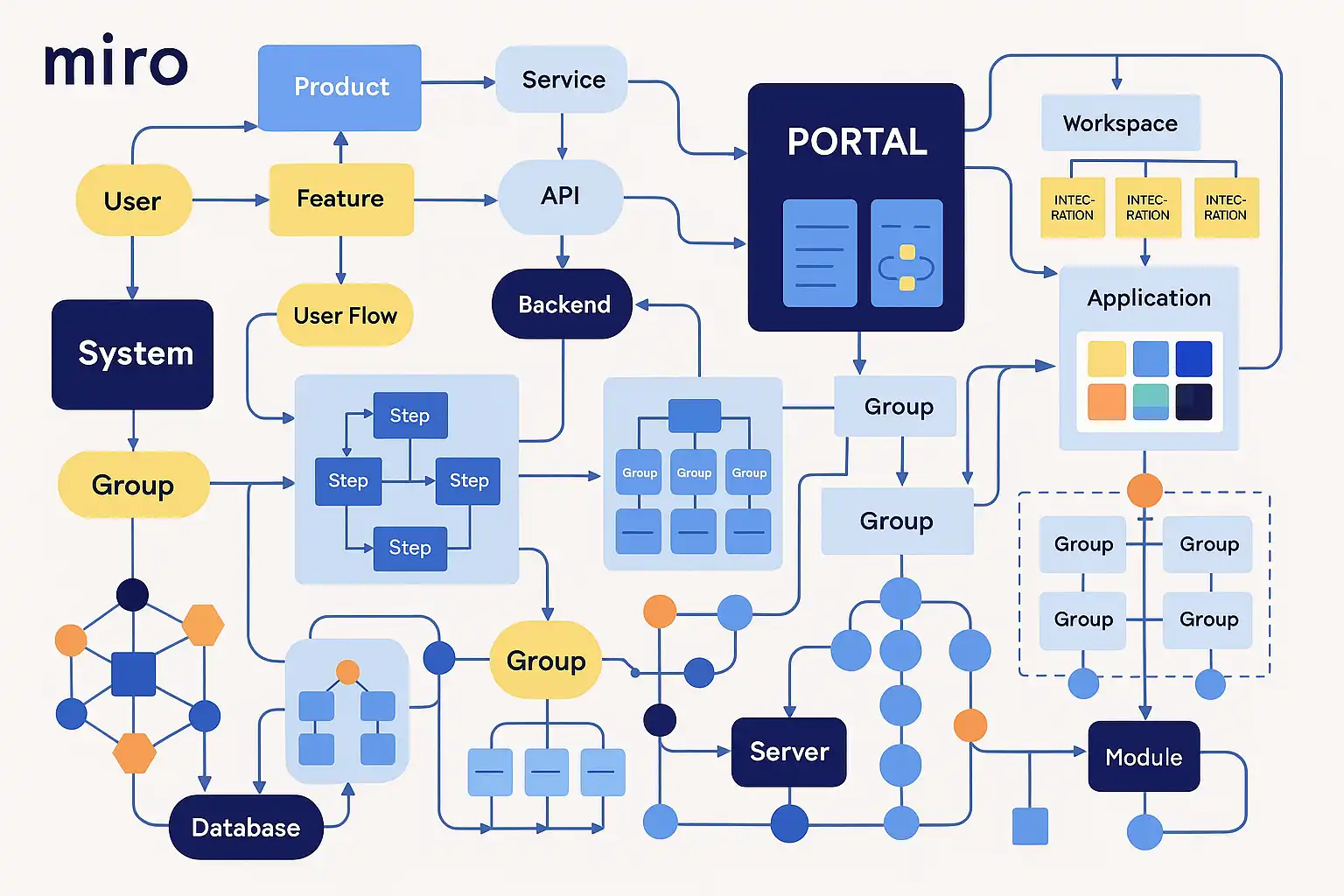
The Structural Benefits:
- Clients stay engaged throughout long construction sessions
- Remote team members contribute equally to the foundation
- Complex architectural decisions become immediately understandable
- Project blueprints never get lost between meetings
⚠️ Foundation Cracks: What Still Needs Work
Load-Bearing Issues: Boards can load slower when there are growing numbers of users and during intensive activity, and users with older devices may experience slower loading times. Large projects with extensive content can impact structural performance.
Blueprint Complexity: New users often feel pressured to collaborate without proper preparation, which can lead to interruptions and lost productivity during team activities. The foundation is intuitive, but building effectively requires some architectural thinking.
Cost Expansion: When you invite additional members beyond your seat limit, you’re automatically charged for extra seats. Your foundation costs can unexpectedly expand without proper planning.
🏆 My Architectural Verdict: Foundation Worth Building On
Rating: ⭐⭐⭐⭐☆ (4/5)
I was wrong about Miro being “just an expensive whiteboard.” It’s become my project foundation – the structural blueprint that connects everything else I build.
Perfect for: Teams that need solid foundations for complex projects, visual thinkers who work better with blueprints than linear documents, and anyone tired of their projects falling apart due to poor structural planning.
Skip if: You work on simple, straightforward projects that don’t require complex coordination, prefer traditional linear tools, or need advanced design capabilities rather than structural frameworks.
Bottom line: I spent three months questioning why anyone would pay $120 for a “digital whiteboard.” Now I understand – you’re not buying a whiteboard, you’re investing in the foundation that holds everything else together. Sometimes the most important part of any building is the part you can’t see.
For more productivity tools reviews, check out our complete software guides.





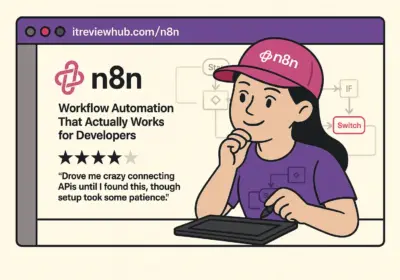
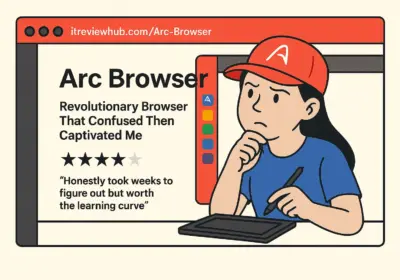

No Comment! Be the first one.